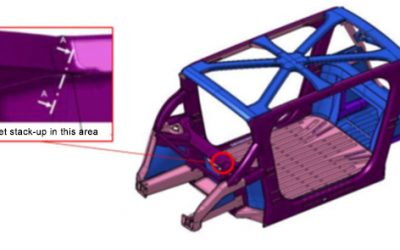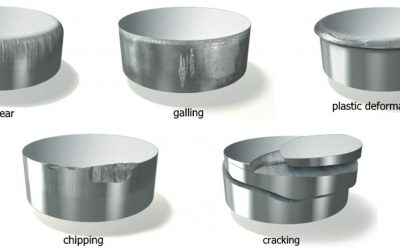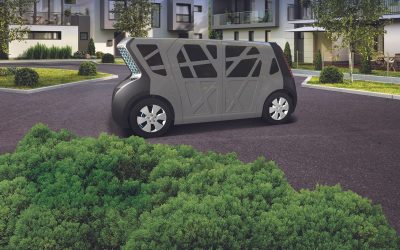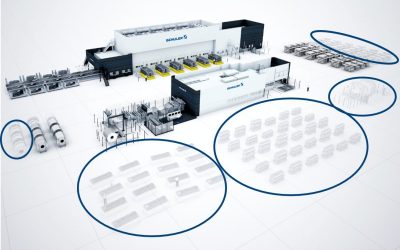
Welcome to AHSSInsights.org, the leading online resource for technical information on the forming, joining and metallurgy of Advanced High-Strength Steels for automotive applications.
This site features a searchable database, enabling easy access to critical information on the key benefits of automotive high strength steels and how they can be deployed for manufacture. The content is made publicly available by WorldAutoSteel, the automotive group of the World Steel Association.
Resistance Spot Welding: 5T Dissimilar Steel Stack-ups for Automotive Applications
Urbanization and waning interest in vehicle ownership point to new transport opportunities in megacities around the world. Mobility as a Service (MaaS) – characterized by autonomous,...
Stronger AHSS Knowledge Required for Metal Stampers
This month’s blog was contributed by Peter Ulintz, Precision Metalforming Association. This content originally appeared in the September 2023 issue of MetalForming Magazine under the title "Stronger...
Steel E-Motive: A Future Mobility Concept Paving the Way to Net Zero Emissions
Net Zero Emissions by 2050 – it’s a goal for future mobility that can seem distant and daunting. But over the past five years, WorldAutoSteel’s global automotive steel suppliers have conducted...
Steel E-Motive: Autonomous Vehicles That Only Steel Can Make Real
The Steel E-Motive program–commissioned by WorldAutoSteel in partnership with Ricardo plc–has developed the world’s first fully autonomous electric vehicle body structure concept purpose-fit for...
Die-Free Blanking of Class A Quality & Structural Parts
You’ll find this content as part of our page on Laser Blanking, but this month, we want to highlight it in our AHSS Insights blog. We thank Schuler North America for contributing this...
Roll Forming
Roll FormingCase Study: How Steel Properties Influence the Roll Forming ProcessCoil Shape Imperfections Influencing Roll FormingRoll Stamping Roll Forming Roll Forming takes a flat sheet or...





